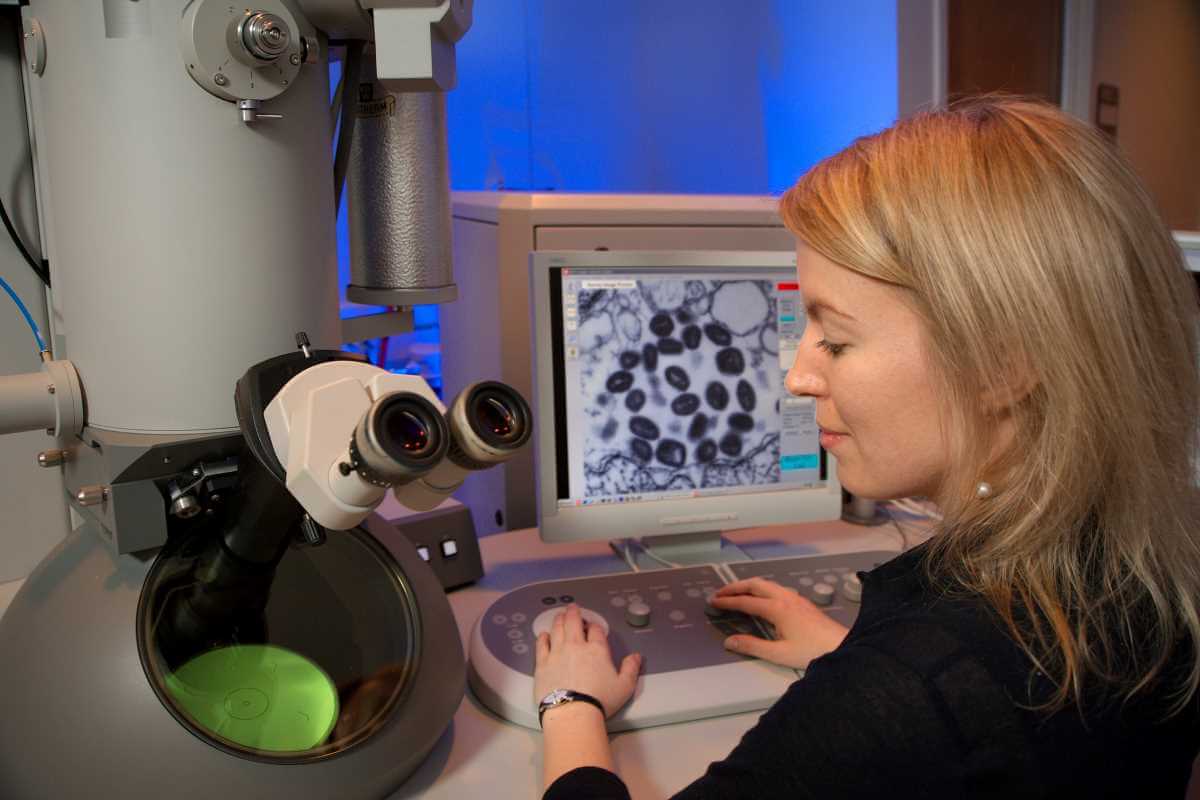MYCOTOXIN TESTING IN FOOD

Mycotoxins, which are toxins that can be found in foods, exist naturally. They may be dangerous to both people and animals, thus it’s critical to examine for mycotoxins.
Contamination of crops with mycotoxins occurs during harvesting, drying, and storage procedures, but most often the mycotoxin contamination has already occurred throughout the crop’s growth.
Why Should We Test Food for Mycotoxins?
Moulds that produce mycotoxins are naturally occurring and may induce serious health issues. Mould species that cause these poisons can be found on a variety of plants and foodstuffs.
The health problems that mycotoxins may cause include:
Acutely poisoned People who are poisoned should first seek out emergency care at an appropriately equipped hospital. Eating contaminated food or drinking tainted water can cause a variety of health problems, with cancer as the most serious long-term consequence.
Mycotoxins are a type of fungus that can have both health and economic consequences, causing damage to livestock and agricultural production. Following a turkey epidemic that killed thousands of birds in England, mycotoxins were first detected.
Aflatoxins and carcinogens were found in the toxins discovered here. They originated from a mould species that grew on an imported groundnut meal given to the turkeys. Mycotoxins can dampen down the immune system in both people and animals.
Subsequent study has confirmed that there are hundreds of different mycotoxins, with the most prevalent being:
- Aflatoxins
- Vomitoxin
- Fumonisin
- Zearalenone
- Ochratoxin
- T-2.
Which Food Can Contain Mycotoxins?
Common foodstuffs that can contain mycotoxins include:
- Cereals
- Nuts
- Spices
- Dried fruits
- Coffee beans
- Apples and apple juice.
Most types of animal feed and items, such as:
- Wheat bran
- Maize grain
- Pea pods.
Aflatoxins affect a variety of foods in the food chain. Peanuts, corn, rice, figs, tree nuts and copra (dried coconut seeds) are all contaminated. Corn, wheat, barley, sorghum, flour, bread, beer, baby food, liver, milk and eggs are all tainted with vomitoxin.
Corn is the most common victim of fumonisin. Zearalenone may be found in corn, barley, rice, oats, rye, sorghum, and soya. Ochratoxin is present in wheat, barley, peanuts, and cocoa. Corn can be poisoned by T-2.
How Should You Test Food for Mycotoxins?
There are several easy, user-friendly, and cost-effective methods to check food for mycotoxins. The Charm EZ-M Reader is a fully automated testing system for reading these ROSA (Rapid One Step Assay) test strips.
This combination of strips and reader creates an efficient, effective, and rapid mycotoxin testing system. The strips are completely enclosed, eliminating any risk of exposure to the environment before testing and the reader regulates temperature and incubation time. It will automatically interpret and store your mycotoxin test results. By creating your mycotoxin testing regimen, you can help safeguard food safety while also complying with legal requirements.
Why not contact calibre control and get yourself a mycotoxin testing in food Charm EZ-M Reader and the ROSA test strips. Calibre Control provides Charm Ez M Reader for mycotoxin testing, which is an advanced technology that accurately determines various types of mycotoxins present in the food samples. It has multiple application feature i.e., it gives results within minutes along








